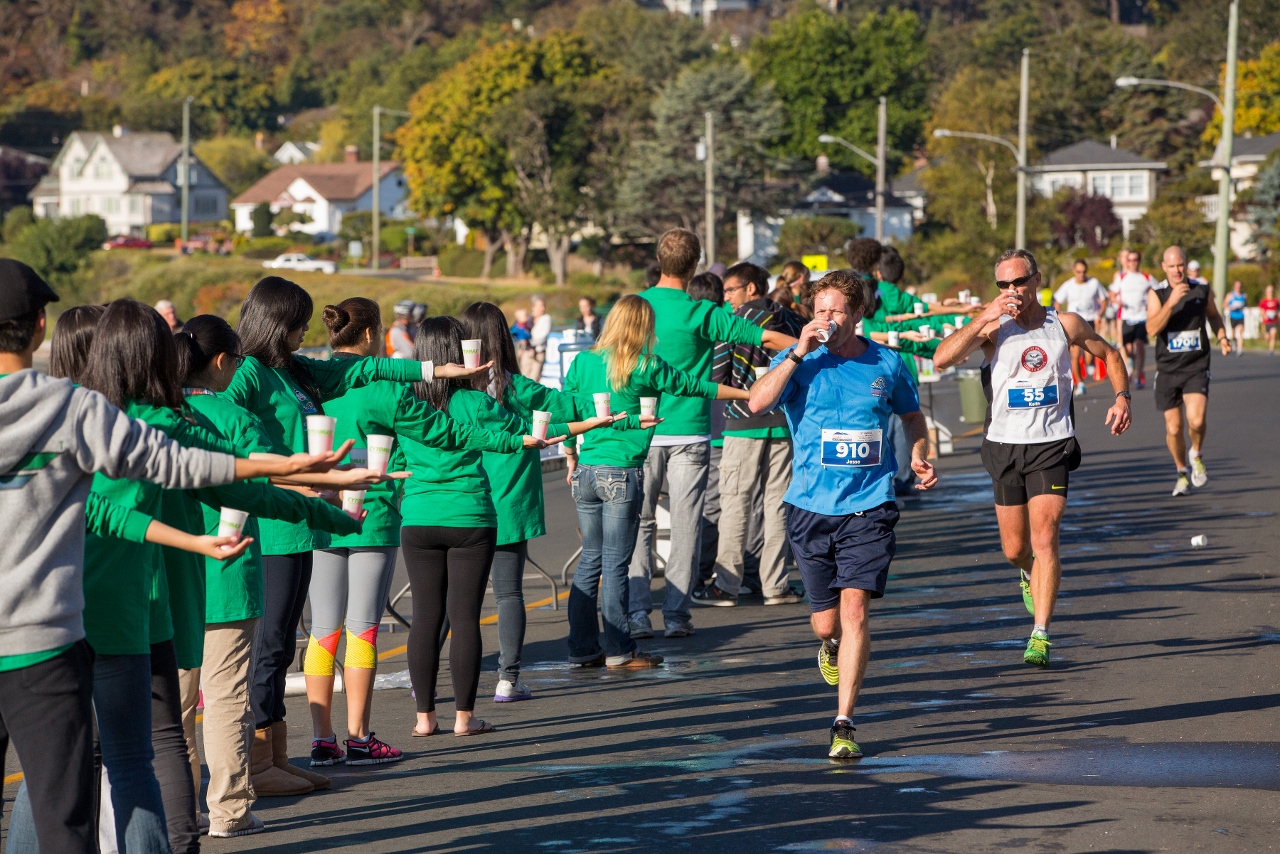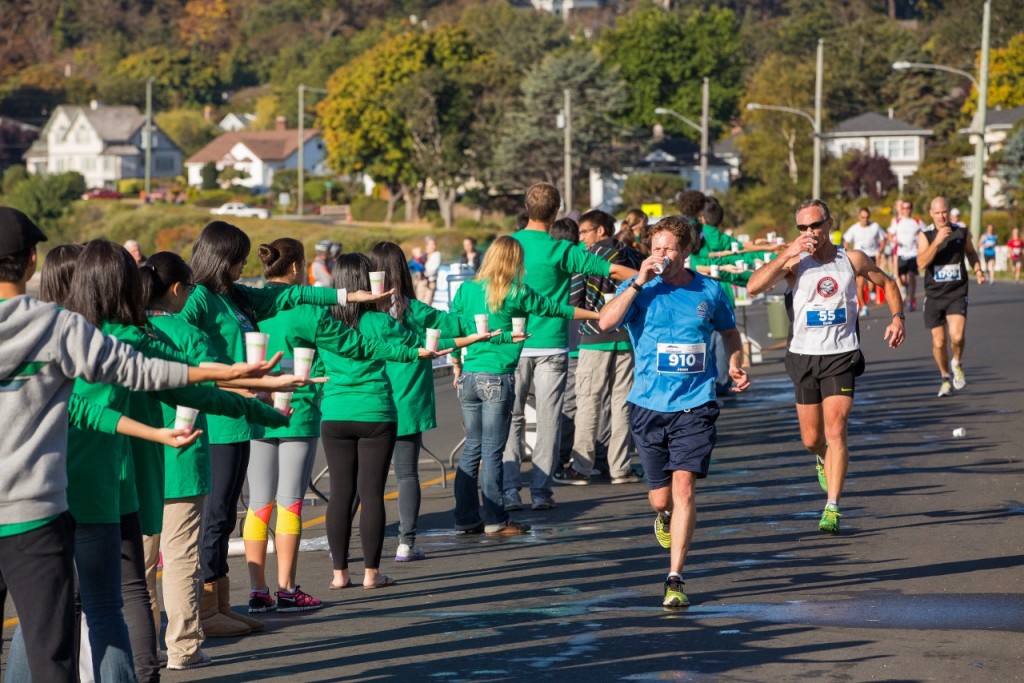Training tips: Practice fuelling and hydration on the run
Knowing when and how often to take fuel as well as hydrate during longer run and races is an important skill that must be practiced well in advance.


Whether you’re training for an upcoming race, running longer long runs or just getting excited for the upcoming warmer weather, learning when and how to fuel and hydrate while running is a valuable skill.
RELATED: Go long to be strong: Making the most of the weekly long run
Any run lasting longer than about 75 minutes will begin to require additional energy and fuel. Likewise, running on hot and humid days will demand a hydration strategy to replace lost fluids and prevent dehydration. Some runners are more susceptible than others and depend largely on an individual’s sweat rate.
Those training for races such as the half and full marathon should be particularly concerned with how they plan to fuel and hydrate during their race. Not doing so could have a significant (and likely detrimental) impact on health and performance.
Luckily, as with any skill, taking the time to practice this in training will go far to ensuring a successful outcome.
The first thing you should do is plan to practice fuelling during your weekly long run. You can carry your own bottles to fuel or plan to have them placed (or hidden) on your planned route. You could possibly have a friend or family member do this for you. This also allows you to use whatever fuel and beverage you prefer.
Another opportunity to do this is during a run or race where organizers already provide aid stations, including water and electrolytes on the course. Use the run as a dress rehearsal of when, what and how often you’ll fuel and hydrate.
The type and timing of fuel you require will be very specific to you. It’s important to practice and see what works (and what doesn’t). As a general rule, aim to intake 30-60g of carbohydrates every hour and do this with a bit of fluid to help aid in absorption. The “rules” regarding when and how much to drink to avoid dehydration are far less clear or complete. In general, drink when thirsty and if you know it will be warm (or you happen to sweat a lot), drink early and often, but focus less on how much. In all cases, fueling and hydrating even a little is better than nothing at all.
Whatever you do, don’t leave it too late. As you increase the time and distance of your longest runs, make sure your fuelling and hydration plan follow suit. Also be sure to practice your plan well before an important run or race.


